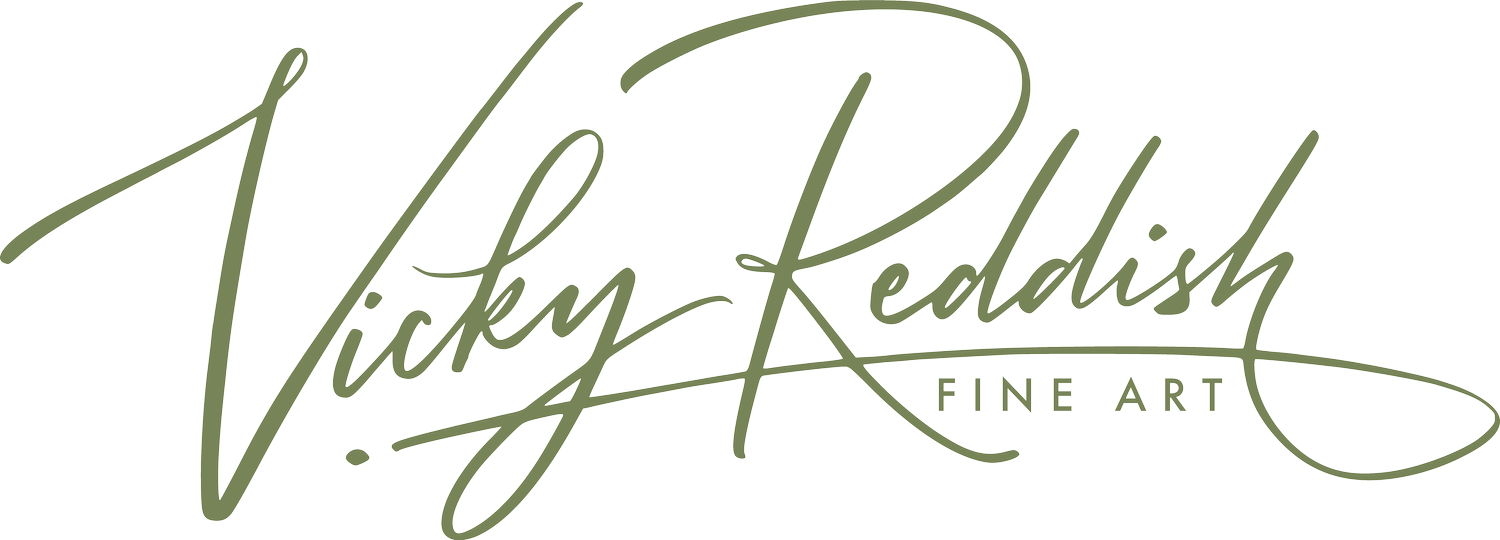The Evolution of American Abstract Painting: Past, Present, and Future
American abstract painting has a rich, dynamic history shaped by innovation, cultural movements, and diverse artistic visions. As an abstract painter based in Nashville, Tennessee, I've had the privilege of experiencing firsthand how this art form continues to evolve. Reflecting on the evolution of American abstract painting reveals fascinating insights into its vibrant past, dynamic present, and promising future.
The Roots of American Abstract Art: Abstract Expressionism and Beyond
American abstract painting emerged prominently in the early 20th century, deeply influenced by European modernism. However, it quickly developed its own identity, epitomized by the Abstract Expressionist movement of the 1940s and '50s. Artists like Jackson Pollock, Mark Rothko, and Helen Frankenthaler championed freedom of expression, emotional intensity, and innovative techniques, reshaping art worldwide. Their groundbreaking approach laid the foundation for abstract art's reputation as inherently American in its fearless experimentation and authenticity.
Key Figures: Pollock, Rothko, and Frankenthaler: These artists explored new frontiers of expression, with Pollock's drip technique, Rothko's color fields, and Frankenthaler's soak-stain method.
Other Influential Movements: Beyond the bold strokes of Abstract Expressionists like Pollock and Rothko, movements such as Color Field, with artists like Helen Frankenthaler and Morris Louis, explored the pure potential of color. Additionally, Minimalism, with artists like Agnes Martin, and Lyrical Abstraction expanded the definition of abstract art.
Contemporary Abstract Art in America: Diverse Approaches
Today's American abstract painters build upon this legacy, constantly pushing the boundaries of creativity and technique. Contemporary trends reflect diverse approaches—from minimalist explorations of color and form to energetic, dynamic compositions addressing societal themes. American abstract artists today remain highly responsive to current cultural, political, and environmental issues, often translating these complex dynamics into powerful visual experiences.
Addressing Societal Themes: Many contemporary abstract artists are grappling with issues such as climate change, translating the anxieties and beauty of our changing environment into abstract forms. Social justice and technological advancements are also frequent subjects.
My Practice in Nashville: Exploring Negative Space and Color: My own abstract painting practice reflects this contemporary ethos. Working from Nashville, Tennessee, I've found inspiration in the city's burgeoning art scene, with spaces like the The Frist, providing a fertile ground for art exploration. My work focuses on the interplay of negative space, achieved through layering acrylic paint, and vibrant color harmonies, built up with thick impasto textures. I am particularly interested in how negative space informs the positive space, and how color can evoke emotional responses.
Building a Thriving Abstract Art Community
The abstract art community in the United States thrives on collaboration and mutual support, differentiating it from many other art scenes worldwide. Across the country, abstract painters actively foster inclusive environments through shared studio spaces, group exhibitions, workshops, and digital platforms. This spirit of community not only elevates individual artists but enriches the entire abstract art movement.
Collaboration and Support: Personally, engaging with fellow abstract artists has profoundly impacted my artistic journey, providing inspiration, constructive dialogue, and endless opportunities for growth.
The Future of American Abstract Painting: Innovation and Technology
The future of abstract painting in America is bright, energized by new voices, innovative technologies, and evolving cultural contexts. As digital art tools, virtual exhibitions, and online communities expand, the ways in which abstract art can reach audiences and foster dialogue are rapidly evolving.
Digital Tools and Virtual Exhibitions: Digital tools are enabling abstract painters to explore new dimensions, with artists utilizing AI-generated patterns and virtual reality to create immersive experiences. Virtual exhibitions also allow artists to reach a global audience.
Instagram: This social media platform has created so much opportunity for artist to both showcase their work to a larger audience and to meet other artists and engage in the community found there.
American abstract painting continues to evolve, reflecting the ever-changing landscape of our society. By embracing innovation, nurturing community, and remaining responsive to contemporary issues, American abstract painting will undoubtedly remain a dynamic, relevant, and essential part of the global art landscape. Together, we can ensure that the story of American abstract painting continues to be one of creativity, inclusivity, and boundless potential.
About the Author
Vicky Reddish is an abstract painter based in Nashville, Tennessee. I am passionate about the continued evolution of abstract art, and enjoy contributing to the vibrant Nashville art community.
